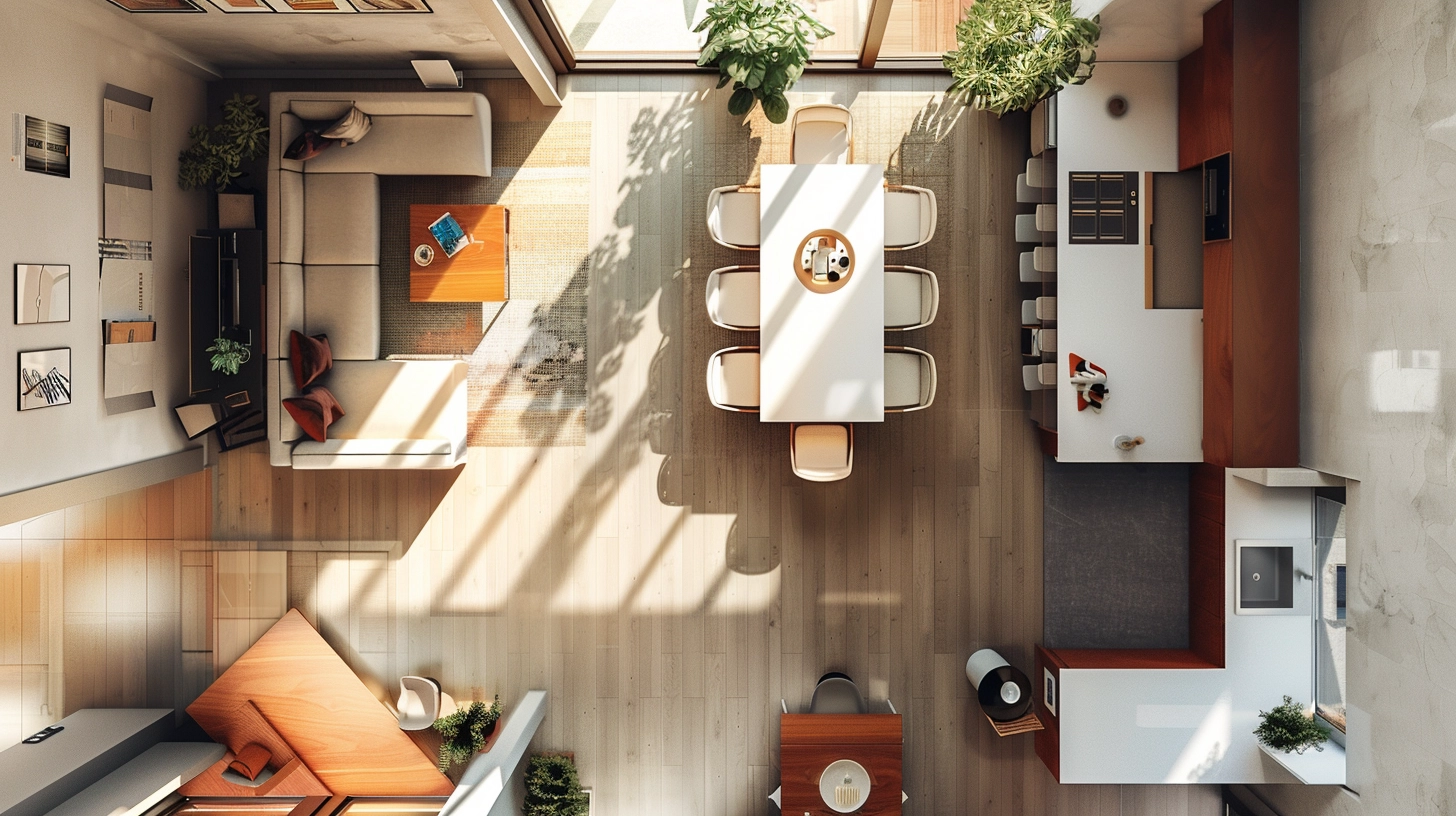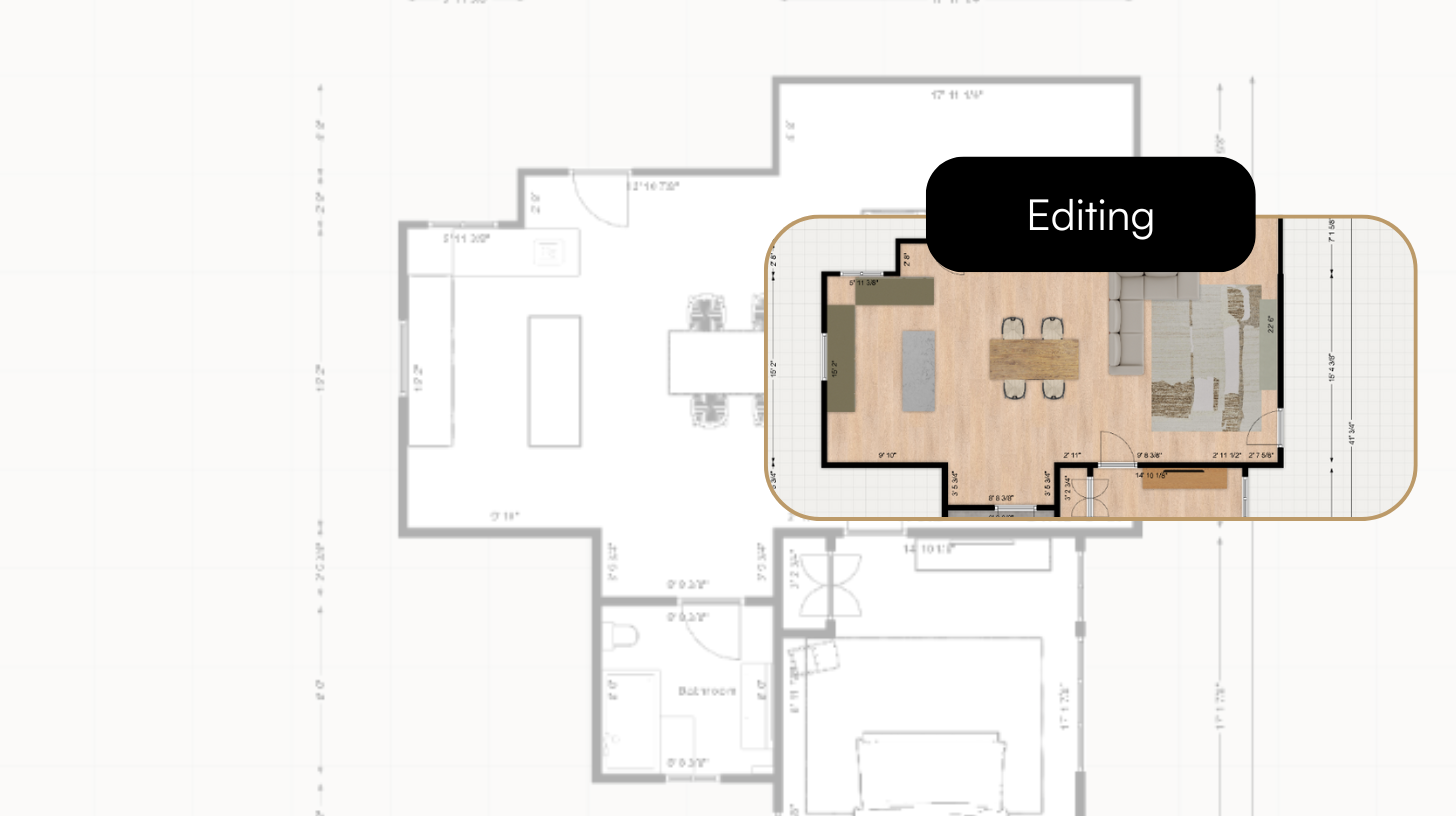
The Role of the Government in Promoting Green Building
Green building, also known as sustainable building, is the practice of designing, constructing, and operating buildings in an environmentally responsible manner. The goal is to reduce the environmental impact of buildings and create healthy and productive environments for the people who use them. The government plays a vital role in promoting green building by providing incentives, setting standards, and enforcing regulations. Additionally, the government can use generative AI and architecture to design sustainable buildings that are better suited to specific climates, locations, and usage patterns. In this blog, we will explore the different ways the government can promote green building and the benefits it can bring to society and the environment.
Financial Incentives for Sustainable Construction
One way the government promotes green building is by offering financial incentives to developers and builders who choose to construct sustainable buildings. These incentives can include tax credits, grants, and low-interest loans. For example, in the United States, the federal government offers tax credits for the installation of solar panels, geothermal systems, and other renewable energy sources in commercial buildings. In Canada, the Government of Canada's Green Construction through Wood (GCWood) program encourages the use of wood in sustainable construction by providing funding for research and development, and market development activities. By providing these incentives, the government makes sustainable building more attractive to investors and tenants, encouraging more developers and builders to incorporate sustainable features into their projects.
Setting the Standards for Green Building
The government also promotes green building by setting standards and regulations for building construction and operation. These standards and regulations aim to minimize the environmental impact of buildings and ensure they are energy-efficient, use renewable resources, and promote healthy indoor air quality. In the United States, the Leadership in Energy and Environmental Design (LEED) certification is a widely recognized standard for green building. Buildings that meet the LEED standard are considered energy-efficient and environmentally responsible. Similarly, The BREEAM (Building Research Establishment Environmental Assessment Method) is a widely used sustainability assessment method for masterplanning projects, infrastructure and buildings. It's used to measure, improve, and communicate the sustainability performance of new and existing buildings, infrastructure, and masterplans.
Regulations for a Greener Built Environment
Enforcing regulations is another way the government promotes green building. By setting regulations, the government ensures that buildings are constructed and operated in an environmentally responsible way, reducing their impact on the environment and promoting healthy indoor air quality. For example, in the European Union, the Energy Performance of Buildings Directive (EPBD) requires all new buildings to be nearly zero-energy buildings (nZEB) by 2021. This means that new buildings must consume very little energy and rely mostly on renewable energy sources.
Leveraging AI in Architecture for a Sustainable Future
One of the most exciting ways the government can promote green building is by using generative AI and architecture to design sustainable buildings. Generative AI is a branch of AI that uses machine learning to generate new designs, patterns, and ideas. In architecture, generative AI can be used to create designs that are optimized for energy efficiency, environmental impact, and indoor air quality. This can be done by training the AI model on data from existing buildings and then using it to generate new designs that are better suited to specific climates, locations, and usage patterns.
One powerful tool that can be used in this process is a LLM (Large Language Model) to ask questions relating back to sustainability. A virtual architect powered by a LLM can ask questions about a building's energy usage, its environmental impact, and its indoor air quality, and then use that information to generate designs that are optimized for sustainability. This allows for a more comprehensive approach to sustainable building design, as the AI can take into account both the technical aspects of energy efficiency and the human elements of indoor air quality and comfort. With the help of a LLM, the government can promote green building on a larger scale and make it more accessible to all.
Conclusion
In conclusion, the government plays a crucial role in promoting green building by providing financial incentives, setting standards, enforcing regulations, and leveraging AI in architecture. By doing so, the government encourages sustainable construction, ensures environmentally responsible building practices, and creates healthier, more productive environments for people to live and work in. With more examples and real-life cases, it becomes easier for people to understand and relate to the idea of green buildings and the role of government in promoting it.










